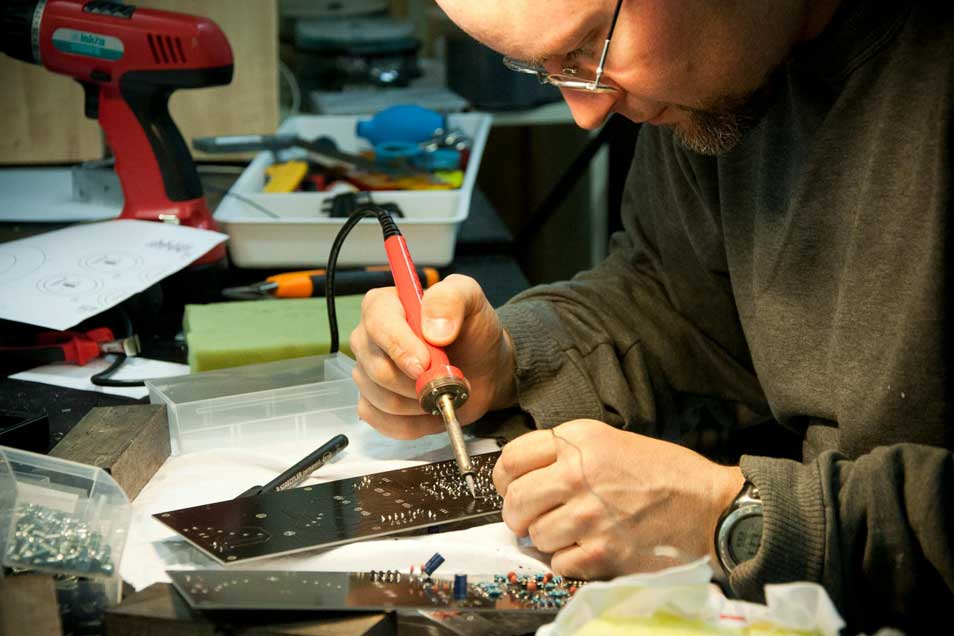How CBT Helps You Rewire Your Brain for Positivity
Negative thinking patterns can convince people that there is no way to change the way that they think. But this couldn’t be further from the truth. Everyone’s brains can create more positive thought patterns. Cognitive behavioral therapy (CBT) teaches patients how to reframe distortions in their thinking. CBT also teaches patients how our thinking and behaviors are all connected. These changes can help improve patients’ mental health and promote more positive thought patterns.
The Science Behind CBT
Cognitive Behavioral Therapy (CBT) helps people identify their negative thoughts and create healthier, more positive ones. When people work with therapists to reframe their thoughts, their brains help the process further through neuroplasticity. Neuroplasticity is the brain’s capacity to change itself. This allows these new thought patterns to become thought patterns, which makes these changes easier to implement. Some studies show that CBT can change the brain activity in the areas of the brain that control emotional regulation.
How to Rewire Your Brain with CBT
As we have mentioned above, CBT can help people rewire their brains to reflect more positivity.
- Concepts taught in cognitive behavioral therapy directly target automatic negative thought (ANTs) patterns. The first step in developing positive thinking is recognizing these thoughts.
- Challenging automatic negative thoughts helps to weaken the pathways of negative thoughts in a person’s brain. Weakening these pathways is part of the process of changing our thought loops in the long run.
- After people can challenge their thoughts, they can then create more accurate and positive thoughts. Through creating these new thoughts, the person is also creating new pathways, which will help make these thoughts become second nature.
- The next step is practicing these thoughts as much as possible. Along with practice, people can start to change their behaviors to support their new thoughts. The combination of thought and behavioral changes can lead to improvement in almost all areas of a person’s life.
Practicing Positivity
Sometimes, when learning new thought patterns, it can be hard to find a balance in them. While positivity is a powerful tool in managing mental health symptoms, it’s important to maintain balance. Sometimes people can take positivity a little too far, in that they begin to ignore their problems. Toxic positivity is a term used to describe when positivity is being used to invalidate feelings and create unrealistic standards. We don’t want to ignore our problems or push them away, rather, we want to develop healthier, more optimistic thoughts that can help us grow.
Changing the way we think is a process that takes a great deal of time and effort. We assure you that this time and effort are well worth the benefits of living with healthier, more positive thoughts. Rewiring our brains to reflect more positivity can lead to improvement in mental health, relationships, and self-esteem.
If you are ready to work with a therapist, reach out to us. We are here and happy to help you on your journey to healing.
References
https://www.apa.org/ptsd-guideline/patients-and-families/cognitive-behavioral
https://www.verywellmind.com/what-is-brain-plasticity-2794886
https://pmc.ncbi.nlm.nih.gov/articles/PMC9112423/
https://www.verywellhealth.com/what-is-cognitive-behavioral-therapy-8364578
https://psychiatryonline.org/doi/full/10.1176/jnp.2009.21.2.114
https://adaa.org/learn-from-us/from-the-experts/blog-posts/consumer/toxic-positivity
Keywords: teletherapist, CBT, positive thinking, mental health


